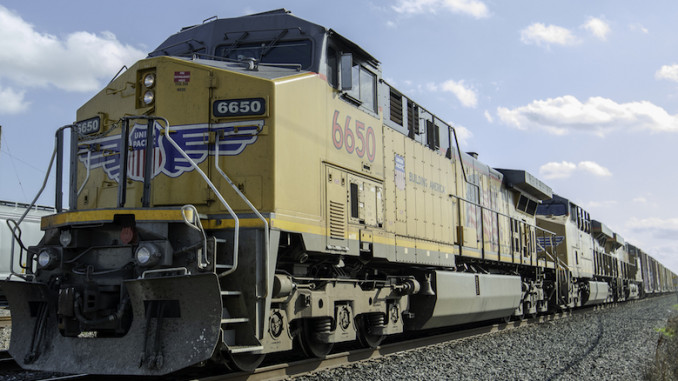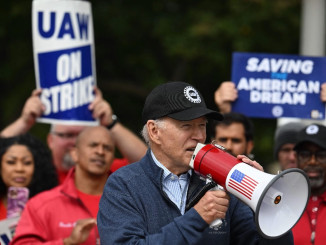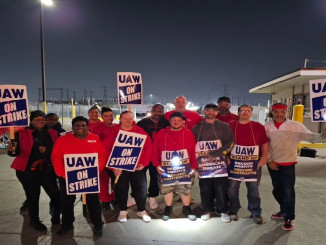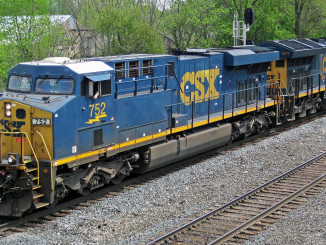
Conductors and yard workers represented by the Transportation Division of International Association of Sheet Metal, Air, Rail and Transportation Workers (SMART-TD) have voted down their tentative agreement. Together these workers make up about 30% of all unionized rail workers.
Now, just over half of all railroad workers have voted against their tentative agreements, while the other half have voted to accept their tentative agreements.
The four unions that have now rejected the tentative agreement, representing about 56% of unionized railroad workers, are:
- SMART-TD (representing 30% of all unionized railroad workers).
- The Brotherhood of Maintenance of Way Employees (representing 19%)
- Brotherhood of Railroad Signalmen (representing 6%)
- International Association of Boilermakers and Blacksmiths (representing 1%)
The eight unions that voted to ratify the tentative agreement, representing about 44% of unionized railroad workers, are:
- Brotherhood of Locomotive Engineers and Trainmen (representing 20%)
- Brotherhood Railway Carmen (7%)
- International Association of Machinists and Aerospace Workers (5%)
- International Brotherhood of Electrical Workers (5%),
- Transportation Communications Union (3%)
- National Conference of Firemen and Oilers (2%)
- Mechanical Division of SMART (1%)
- The American Train Dispatchers Association (1%)
In addition, even the eight unions that voted to ratify their tentative agreements did not do so by large margins, with only a little more than half voting in favor. So, even though the media and the Biden administration like to point out that “a majority of unions” have voted to ratify their agreements, it is not at all a majority of railroad workers, who have consistently and collectively expressed their anger and dissatisfaction with the rail companies.
Railroad workers main concerns remain unaddressed, including lack of sick time, scheduling, and staffing. Over the past six years, as rail companies have made record profits, they have cut the workforce by 30% (about 45,000 workers), running the trains dangerously understaffed while imposing increased restrictions on workers’ time off. As a result, workers have no official days off for sick time, are forced to be on-call 24/7, and have no set schedule. Workers can work over 80 hours a week, and can be away from home over 100 hours per week.
Here’s a recent video with railroad workers expressing why they voted down the tentative agreement.
A nationwide strike of railroad workers could still happen as soon as Dec. 4, the earliest date one of the unions rejecting the agreement said it might strike. And it is very likely that if even one of the unions rejecting the agreement were to go on strike, workers in all 12 unions would honor the picket lines, effectively bringing rail to a standstill.
But railroad companies, backed by agriculture companies, chemical companies, and many other corporations that rely on rail transport have urged Congress to step in and block a strike and impose a contract on the workers under the Railway Labor Act. And the Biden administration, along with both Democratic and Republican members of Congress, have already threatened they would do so in the event of any strike.
It’s unclear how things will unfold. But a strike in the rail industry is estimated to cost rail companies $2 billion per day. And a nationwide strike in the railroads would be a huge demonstration of workers’ power. It could point a way forward for millions of other workers who are also feeling the sting of short staffing, long hours, and skyrocketing prices.
The bosses are already trying to demonize rail workers, criticizing them for threatening to strike as we head into the winter holidays. But there couldn’t possibly be a better holiday gift for workers than teaching these bosses a lesson by demonstrating the power of the working class.




